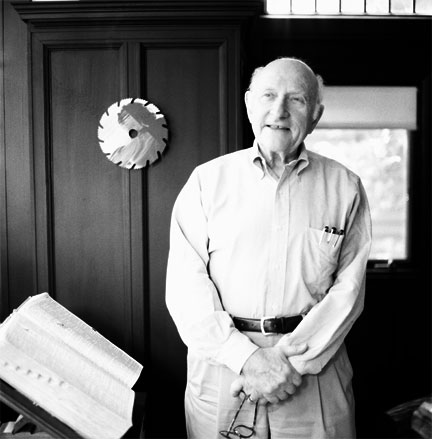Philip S. Holzman obtained his undergraduate education at The College of the City of New
York, majoring in psychology and graduating in 1943. After service in World War II, he obtained training in clinical psychology at The Menninger Foundation and the University of Kansas, where he received his Ph.D. in 1952. His early research, in collaboration with George Klein, was on cognitive consistencies in perception and cognition. He became a faculty member of the Topeka Institute of Psychoanalysis and was appointed training and supervising analyst in 1962. In 1968 he accepted a professorship at the University of Chicago, where he began his studies of the psychophysiology and genetics of schizophrenia. He was appointed as a training and supervising analyst in the Institute of Psychoanalysis in Chicago.
In 1977, he accepted an appointment as Professor of Psychology at Harvard University, and at the invitation of Seymour S. Kety he established his laboratory at McLean Hospital, a teaching hospital of the Harvard Medical School, where he was appointed as professor. In 1984 he was appointed the Esther and Sidney R. Rabb Professor at Harvard. His work produced seminal discoveries in eye movement dysfunctions in schizophrenic patients and their relatives, new techniques for measuring formal thought disorder, the discovery of spatial working memory defects in schizophrenia, among other empirical findings. He is a training and supervising analyst at BPSI.
He is he author of more than 250 research papers and reviews and 5 books (including a book on the theory of psychoanalytic technique written with Karl Menninger). He has received numerous awards and honors, including the Gold Medal for Lifetime Achievement in the Application of Psychology from the American Psychological Foundation.
